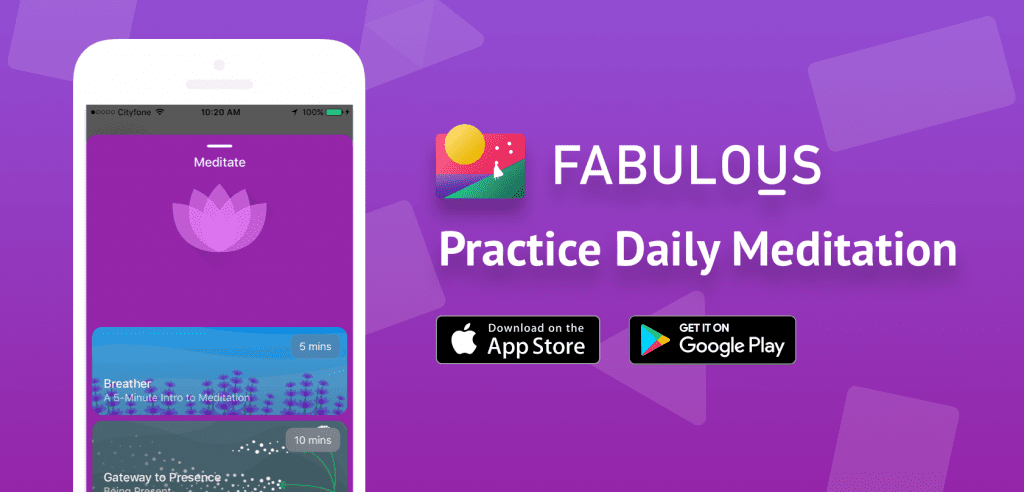Take a slow, deep breath in. Try to count to seven as you inhale, deliberately going as slowly as you can. When you’re at capacity, hold for just a moment, then exhale slowly, this time counting to eleven, until your lungs are empty.
All done? Congratulations! You now have all the tools you need for happiness.
Just one breath
Chade-Meng Tan describes himself as a lazy person. It isn’t that he doesn’t like to do things, he simply doesn’t like wasting energy doing unnecessary work. So, it would only seem natural that he would similarly streamline his daily meditation practice as well. In his book, Joy on Demand, Tan cites research that shows people can notice the benefits of meditation in as little as 15 minutes of regular practice. Impressive as that may be, it didn’t satisfy Tan, who wanted to know: What is the bare minimum amount of practice needed for meditation to “work”?
The answer, he concluded, is one breath. Specifically, one breath where the exhale is longer than the inhale, which stimulates the parasympathetic nervous system of the body, or the part in charge of calming us down.
That one mindful breath accomplishes three things: First, it defuses frustration or anxiety and creates a space for calmness to fill. Because it’s only one breath, you can do it whenever and wherever you like, which makes it easier to practice regularly. Finally, that regular practice forms a mindfulness habit over time, which will gradually become more automatic until it’s second nature.
The habit forming process
Forming a habit is a three-step process, Tan explains. First, you need a cue; for mindful breathing, Tan suggests taking a breath whenever you have to wait for something. Next, you need a routine, or the action you take in response to the cue (in this case, a breath). Finally, you need a reward: The sense of calm that comes from the breath.
Another mindfulness practice Tan recommends is to notice and savor “thin slices of joy” throughout your daily life. He explains that joy exists all around us in all sorts of small ways—in cute animal videos, refreshing drinks on a hot day, or warm hugs by people we love—but because these moments are so small and so mild, they don’t stay with us, and we quickly forget them. Noticing these slices of joy, taking time to fully experience them, and reminding ourselves of these moments later in the day all add up over time, helping train the brain to seek out these slices itself. Essentially, we can reprogram our brains to see our lives as a series of joyful moments, rather than a series of struggles.
The Takeaway
In a world where people have grown so accustomed to instant gratification, massive overhauls of our life can seem so daunting we never start. By breaking these habits into their tiniest components, we can have the best of both worlds, starting with small but instant benefits that are easy to achieve and gradually add up to long-term, life-changing habits.





